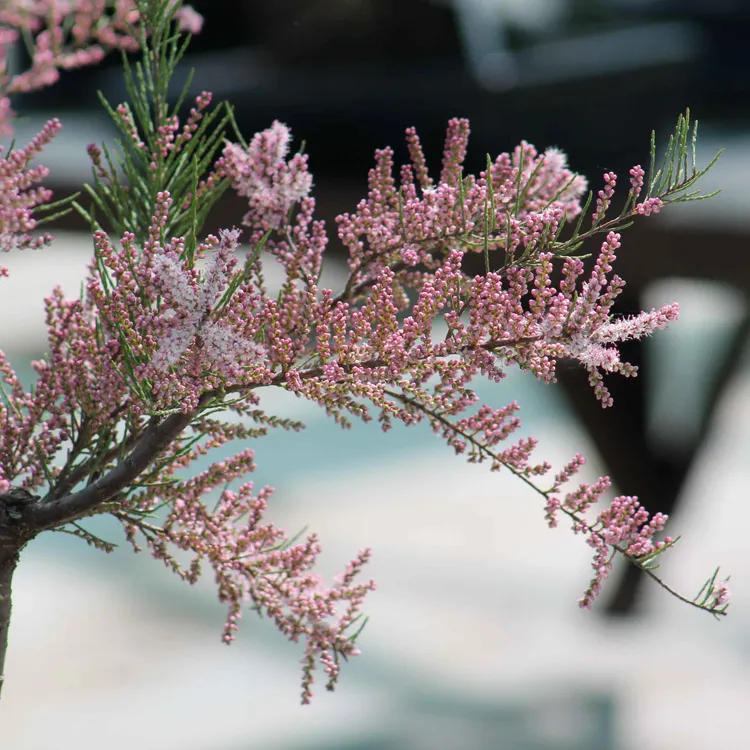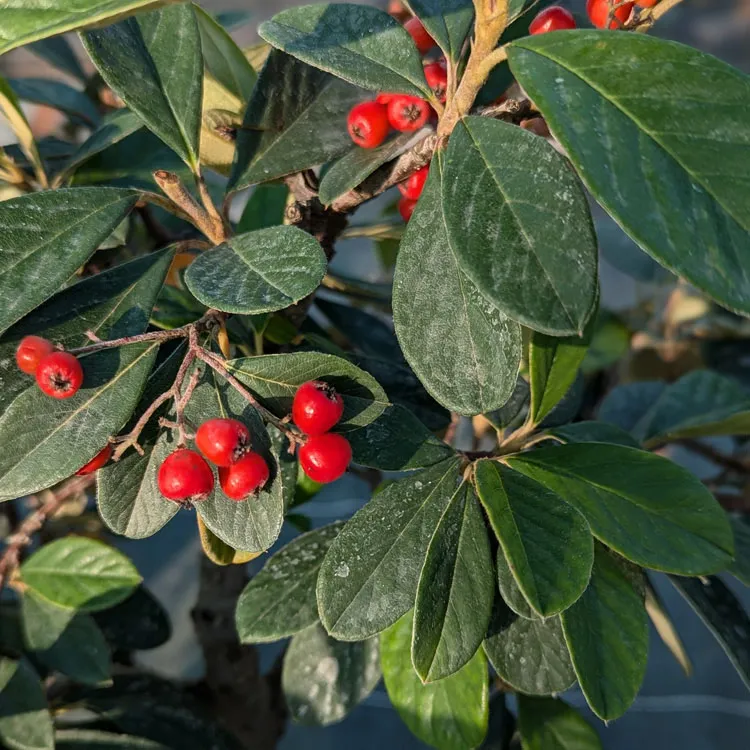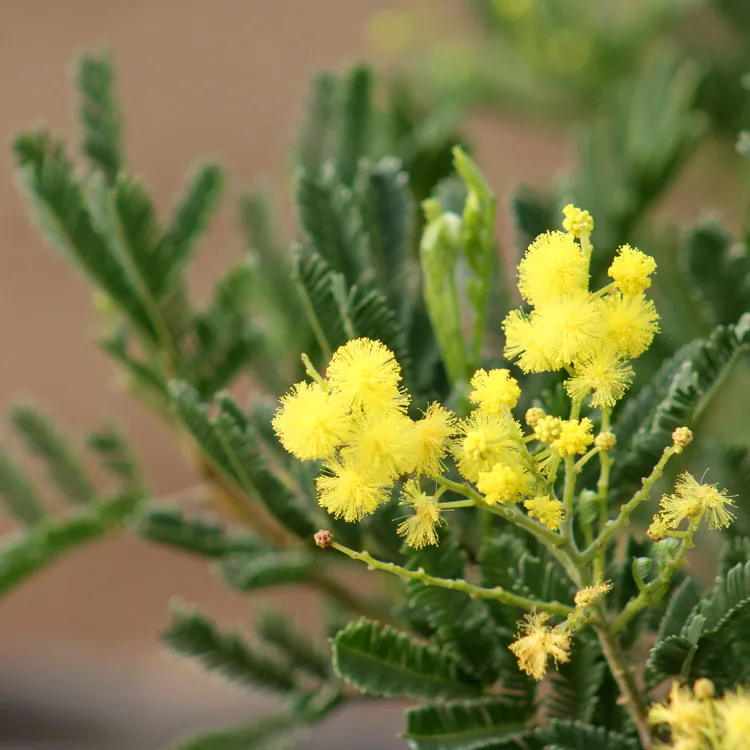We've been talking about bonsai for a few days now, the choice of species and their maintenance, and it's time to dive deeper into the heart of this art to define it more precisely. What is a bonsai and what is it not? What are the elements that characterize a bonsai and what does it involve?
Is bonsai just a potted tree?
When looking at the literal meaning of the term, BONSAI is a Japanese word made up of the kanji BON 盆 which means pot and SAI 栽 which means plant or herb. So a bonsai is a potted tree. But is a potted tree necessarily a bonsai? Not really, but then what makes it different from just gardening?
At first, we can think that it is a question of choosing the type of tree to be grown. Most of the bonsai we see are often maples, pines, Chinese elms. However, it is possible to create a bonsai with any woodyplant, i.e. a plant that makes wood: a tree, a shrub, a vine. Of course, some plants are more adapted than others, due to their ability to adapt to a pot grow, to tolerate root pruning or to reduce the size of its leaves. But in theory, you can create a bonsai with almost any tree or shrub.
Does pruning a tree make it a bonsai? In this case, the art of topiary would also be bonsai. But a boxwood pruned into a ball is not a bonsai. The type of pruning we do on our small trees is directly inspired by what we do on NIWAKI 庭木, these garden trees pruned in trays. However, a NIWAKI in the middle of your garden is not a bonsai.
Bonsai is a little bit of all of that. It is a plant in a pot, chosen for certain qualities, that is grown and pruned. But it's not just that.
Bonsai and the relationship with time
We cannot clearly define what a bonsai is without addressing the notion of WABI SABI 侘寂 which is at the heart of Japanese culture and derives from the principles of Buddhism and Zen. Wabi Sabi is a difficult concept to define and one that brings together several philosophies at the same time.
- WABI evokes solitude, simplicity, melancholy, asymmetry;
- SABI refers to the imperfection of the things around us, the wear and tear of time, decrepitude.
Wabi-sabi is a feeling more than a concept, it is in a way a simple look at what surrounds us, which goes through the acceptance that nothing is immutable and that transformations are part of the essence of things. Another way of looking at it is that in our Western culture, we seek perfection to achieve beauty while the Japanese look for beauty in imperfection.
What does this mean for the art of bonsai? Many things and the foundations of the art of bonsai are based on these concepts. It is the application of WABI that the structure of a bonsai must be simple, that a tree is simply evoked with a few branches, or that a bonsai is never perfectly symmetrical (except for trees in the HOKIDACHI broom style).
The notion of SABI is directly linked to the passage of time, to this patina that our trees take on year after year: the bark that becomes rougher, the branches that undulate, are larger at the bottom, branch out.
To simplify, we could say that a bonsai should give the image of an old tree in a pot. Creating a bonsai is the application of cultivation and pruning techniques for years, which little by little will give the appearance of a venerable tree. Little by little, the traces of human intervention must disappear and one must have the impression that the tree has always been like this, so it becomes a bonsai. This is a far cry from what some demonstrators can show in the exhibitions with the transformation of a nursery tree into a bonsai in just a few hours.
What transforms a tree into a bonsai, what makes a work emerge from the tree, is not laying thread and twisting branches, but the application of the same techniques for years. And this is also what makes this art so difficult because bonsai is a living art, the tree will grow, evolve, we are only the guides but we must have a vision of what we want to go towards.
When the Japanese cut a branch, they have in mind the vision of the bonsai in 10, 20 or even 30 years. This is what we try to apply to the bonsai nursery with trees that we have been working with for over 40 years.
Maybe at this point in the article you feel a little lost, it's true that it makes you dizzy. But you certainly won't look at bonsai like you used to. Take a step back, and work your trees giving them all the love they deserve and they will return it. Because in the end, bonsai is a special relationship with nature, it is an opportunity to express things that are within us.


 Production of French Bonsai
Production of French Bonsai
























































































